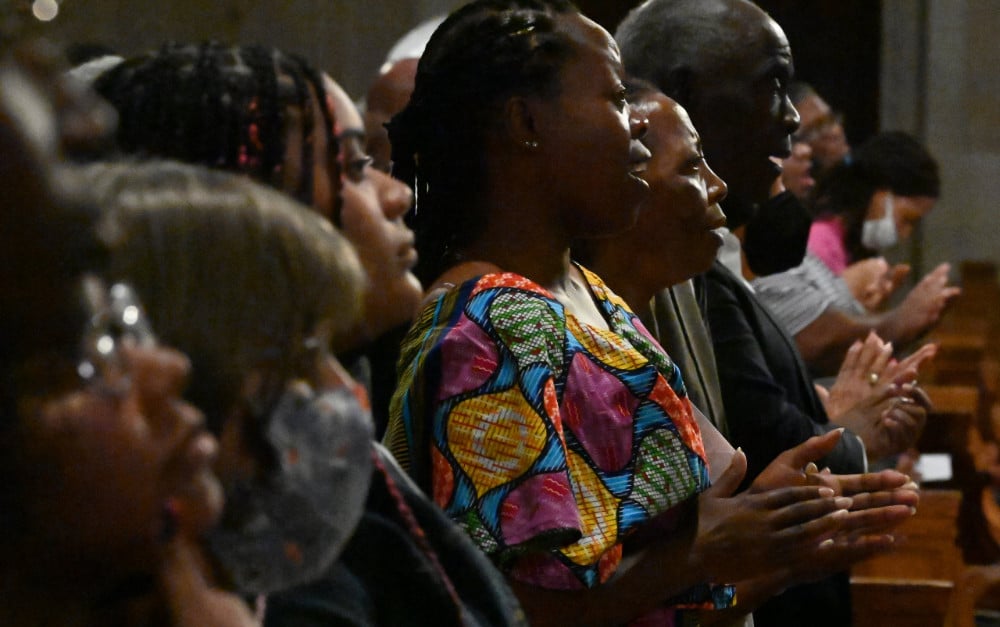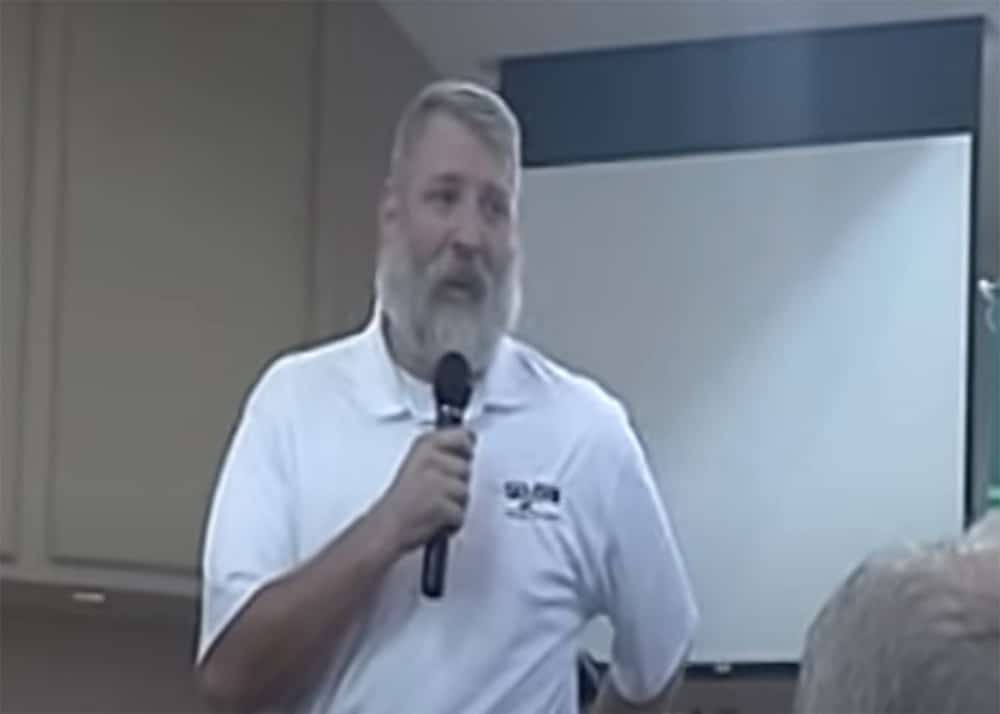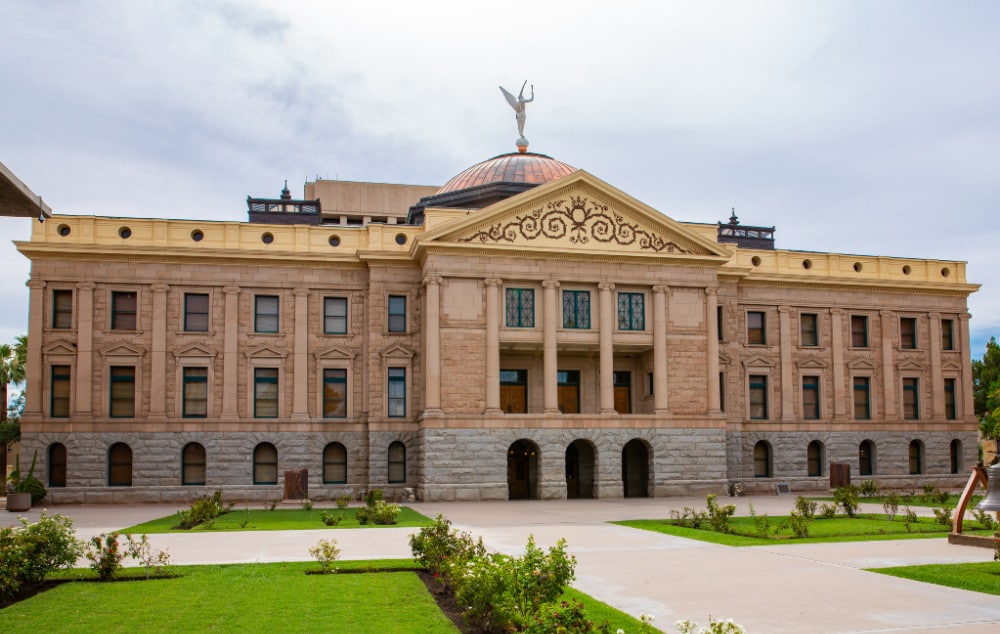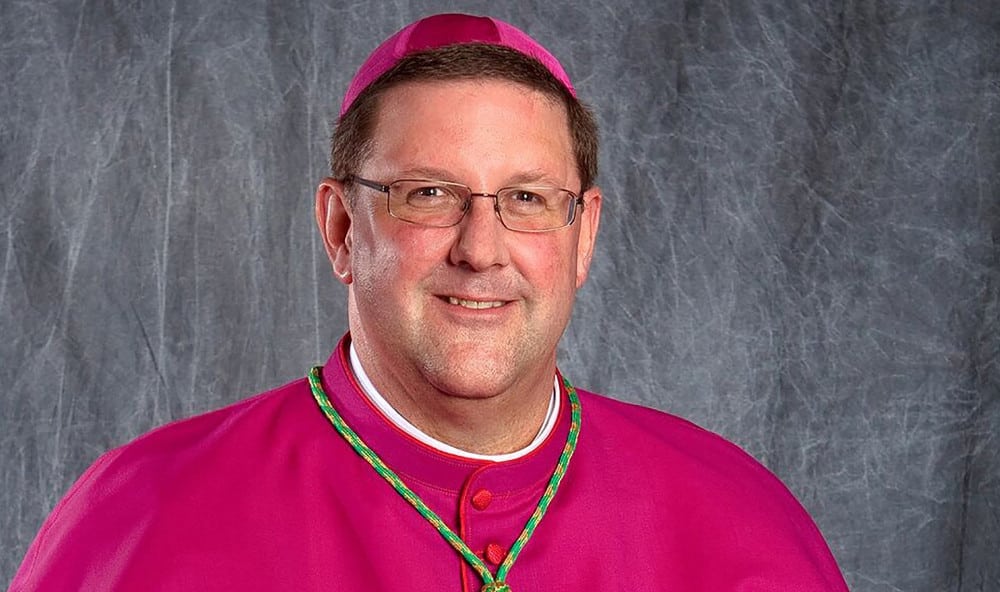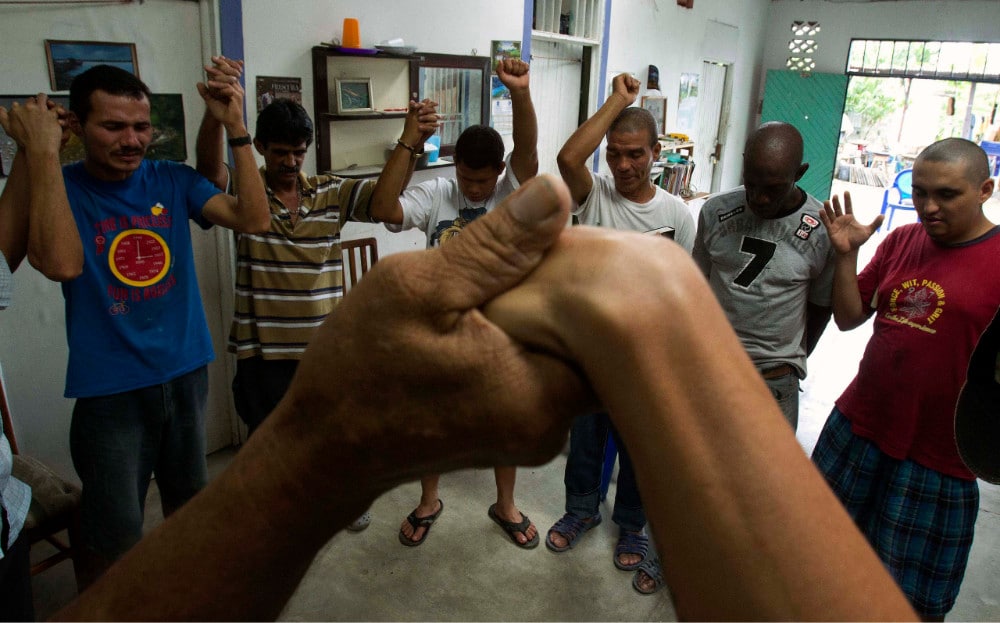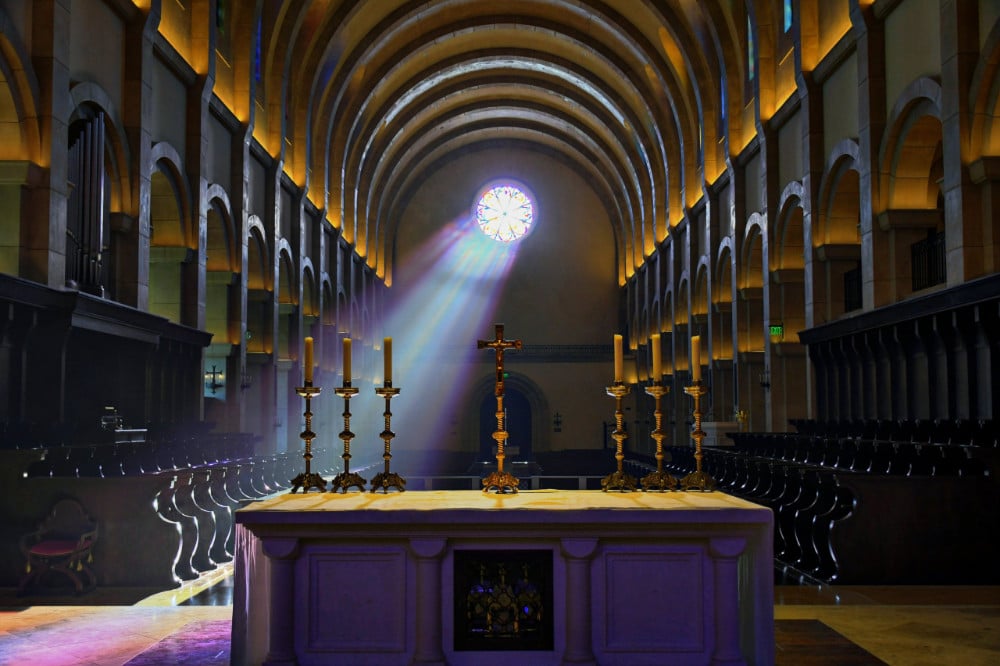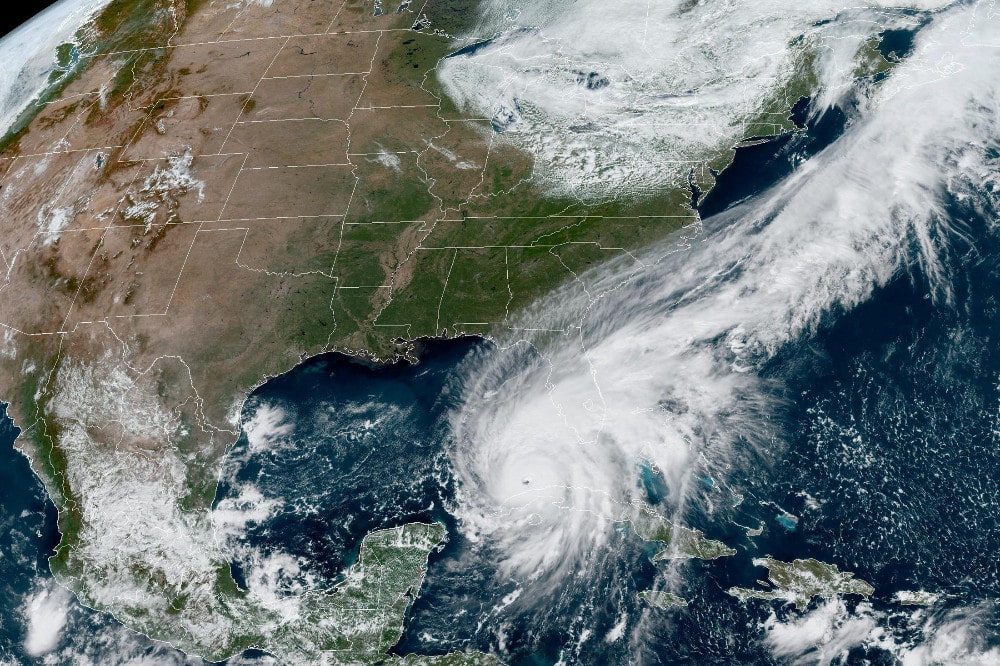WASHINGTON (CNS) — Placing his hands on the sculptures he made 25 years ago, Ed Dwight told visitors at the Our Mother of Africa Chapel what inspired his art.
Dwight, along with other artists and community members, was honored at the chapel during its 25th anniversary at the Basilica of the National Shrine of the Immaculate Conception in Washington Sept. 17.
The National Black Catholic Congress hosted the pilgrimage celebration. The NBCC is an organization that represents about 3 million African American Catholics to address their spiritual needs within the Church.
The chapel was a gift to the national shrine on behalf of the congress. It recalls the history of slavery in the United States and provides a sense of hope.
Dwight shared his method of using bronze and molding faces when sculpting. The artist also talked about how his work was influenced by his Catholic faith and his mother, who made sure he went to church and Catholic school while he grew up in Kansas City, Kansas.
Using church imagery and the people he grew up with made it easy to create sculptures for the chapel, he said.
“It was a totally natural setting for me, and it’s one of the few sculptures I’ve ever done where it was more natural to do,” said Dwight, now 89. He has completed about 130 public art and large-scale memorial installations, and more than 18,000 gallery sculptures.
The anniversary celebration of the chapel included a tour, lunch and Mass celebrated by Washington Auxiliary Bishop Roy E. Campbell Jr., NBCC’s president.
In addition to visiting priests, concelebrants included Archbishop Christophe Pierre, apostolic nuncio to the United States, and Bishop John H. Ricard, retired bishop of Pensacola-Tallahassee, Florida, who was president of the NBCC when the chapel was built.
The Our Mother of Africa Chapel is “a very sacred, holy place,” Bishop Ricard said in his homily. “Inside that sacred space … there is a silent conversation, a sacred conversation going on” between the visitor and the artwork, he said.
Pilgrims from across the country attended the celebration — the first of several events planned ahead of the NBCC’s Congress XIII July 20-23 in National Harbor, Maryland.
Father Desmond Drummer, pastor of Most Blessed Sacrament Church in Atlanta, and Nathalie Borgella, a member of the Haitian Chaplaincy of Atlanta at Sts. Peter and Paul Church in Decatur, Georgia, traveled to the nation’s capital for the celebration.
How Dwight allowed his life experience to influence his work had an impact on Borgella.
“It speaks to the importance of understanding our history, not only as Black Catholics, but just as individuals in general,” she said.
The Basilica of the National Shrine of the Immaculate Conception is the largest Catholic church in North America and one of the 10 largest churches in the world.
It is designated a national sanctuary of prayer and pilgrimage by the U.S. Catholic bishops and is home to more than 80 chapels that honor Mary and represent the people, cultures and traditions of the Catholic faith.
Learning the backstory of the Our Mother of Africa Chapel showed how the African American story is present at the basilica — the “spiritual home for the Church in the United States,” said Father Drummer.
“This Catholic community in the United States is a global Catholic community,” he told The Georgia Bulletin, Atlanta’s archdiocesan newspaper. “There is not one story — there are many stories. And these stories include encounters with the Lord.”
The chapel includes a bronze sculpture of Mary holding the Christ Child. Sculpted by Dwight, the two were given African American physical features.
“I wasn’t the master or in control of the image,” Dwight said about creating the piece. “All that drapery and the way that she looked with her hands; everything about her, it just all spewed out. And I couldn’t stop it from being what it is today.”
Dwight’s second artwork, “Sculpture in Relief,” depicts the African American story from slavery to present day. He describes it as his version of the civil rights movement.
The artist said what he learned about the civil rights movement and life experience flowed into the sculpture.
The crucifix in the Our Mother of Africa Chapel was created through the collaboration of Tanzanian sculptor Juvenal Kaliki, who carved the figure of Christ, and New York sculptor Jeffrey Brosk, who designed the cross.
Marble sculptures of Matthew, Mark, Luke and John were carved by Giancarlo Biagi and Jill Burkee. Iron gates along the altar are by Jean Wiart. The gates portray the acacia tree, an icon for Black Catholics in the United States.
Father Robert Boxie III, the Catholic chaplain of Howard University in Washington, brought a group of students to the basilica for the anniversary celebration.
“I wanted to expose our students to this part of the Church — how they can be there, how they can be celebrated in the Church,” said Father Boxie. “This is part of our heritage tradition.”
He hopes students will know “the gifts that they bring in their presence will be acknowledged and celebrated” by the Church.
The NBCC held its first congress in 1889. With the exception of the coronavirus pandemic, it has had a congress every five years since 1987 to prepare a pastoral plan to address the needs of Black Catholics.
The theme for the 2023 congress is: “Write the Vision: A Prophetic Call to Thrive.”
In preparation for next year’s congress, Father Drummer was inspired by the celebration of African Catholics at the basilica.
“It is important for us to expand what we mean when we say Black Catholic,” said Father Drummer. “Black Catholic life in the United States is a global reality that has a number of stories in it, and our understanding of what it means to be a Black Catholic moving forward must include a Pan-African vision.”
Congress XIII will be a validation of the voices and cultures, said Borgella.
Having congress events near the national shrine, with chapels dedicated to different nations and regions, “shows that Black Catholics are still very much a part of the Catholic story,” she said.
Smith is a staff writer at The Georgia Bulletin, newspaper of the Archdiocese of Atlanta.

